This feature originally appeared in the November 2020 edition of Fleet News. Read the article in the digital issue of the magazine.
When drones hit the national headlines, it’s often not for positive reasons.
Whether it’s carrying out military strikes in faraway countries, causing massive disruption at airports such as Gatwick and Heathrow in 2018, or dropping drugs into prisons, negative publicity has tended to follow the technology around.
However, this summer may have been the tipping point when the general public begins to appreciate the potential impact of the unmanned aerial vehicles (UAVs).
Stories such as the Maritime and Coastguard Agency using them to patrol the north Wales coast (see panel, page 25) received widespread coverage, as has their use to deliver medical supplies and samples during the Covid-19 lockdown.
In the future, drones are also expected to revolutionise the logistics industry though their use to deliver parcels and this, too, has taken a step forward.
In September, Amazon was given approval by the Federal Aviation Administration to operate its fleet of Prime Air delivery drones in the US, and, although the online retail giant isn’t ready to immediately deploy package deliveries at scale, it will use this permission to develop and refine its technology to integrate drones into the airspace.
The experiences of its testing will have huge implications for the use of drones around the globe. As well as the convenience – Amazon has said it wants to use the technology to make deliveries within 30 minutes – this will also bring environmental benefits.
Richard Gill, founder and chief executive officer of Drone Defence, says using UAVs for deliveries will cut congestion and emissions.
“In the UK, 3.5 billion packages weighing less than 2kg are delivered every year, which is 25% of the whole of Europe’s e-commerce,” he says.
“So even as a small country, we do a lot of e-commerce. If half of these parcels got delivered by a drone, that would 1.75 billion deliveries year (or 4.8 million a day) which, using the Amazon model, would need 300,000 drones.
“This would mean 16,000 vehicles would be taken off the roads, one billion road miles – around 5% of our current level – will be cut and 250,000 tonnes of CO2 will be saved, which, obviously, solidifies a potential use case.”
As it stands, however, there are three major obstacles which need to be overcome before drones can be used in the way many industry experts envisage: public opinion, regulation and technology.
“The real inhibitor which could prevent this industry going forward is public opinion,” says Gill. “If the public feels uncomfortable about integrating drones safely in our airspace, they will put pressure on regulators and legislators to hold back the legislation that we need to open up the skies.”
The Gatwick and Heathrow airport closures in 2018 highlighted the massive disruption drones can have if not correctly managed, and events like these can have only a negative effect on public perception.
However, Andrew Sage, head of unified traffic management at NATS, says the social acceptance of drones has “grown materially during the pandemic”.
The increasing focus on health during the Covid-19 crisis has coincided with a number of trials to use drones to fly medical supplies to areas where they are needed.
As part of a Department for Transport-funded project, the Solent Transport Zone is using UAVs to move medical supplies from three hospitals in Hampshire to to St Mary’s Hospital on the Isle of Wight.
It made its first delivery in May and aims to speed up the delivery of supplies.
A separate test project between NHS Highland and Skyports in May used drones to fly urgent medical samples from isolated Scottish islands to hospital laboratories on the mainland in a fraction of the time needed to take them by road and ferry.
“The concept of using drones to deliver medical supplies has been proven in countries such as Rwanda where they are helping to save lives by reaching isolated communities quickly and cheaply,” says Tom Cherrett, professor of logistics and transport management at the University of Southampton, which is involved in the Solent Transport Zone project.
“The research we are embarking on will investigate how such unmanned systems could be used in shared airspace and integrated within existing logistics operations in the UK.”
These trials involve the drones flying beyond the visible line of sight (BVLOS) – something they currently have to gain special permission from the Civil Aviation Authority to do as its regulations stipulate that a drone must be able to be easily seen by the person flying it at all times.
If drones are to be regularly used to travel several or many miles, often autonomously, in the future, these rules will need to be changed.
Similar BVLOS trials are also part of a consortium led by drone tech company Sees.air, which counts Sellafield, Skanska, Vodafone and Atkins among its partners. The consortium is developing pilotless drone access to the hardest to reach areas of industrial landscapes, helping increase productivity and improve safety.
A system which allows drones to talk to each other about their locations and flightpaths must also be developed and installed across all manned and unmanned aircraft to avoid collisions and ensure safety.
This will be vital to enable the exponential increase in the number of aircraft using the UK’s airspace if drones become commonplace: Gill says if there are 300,000 units – the scenario he used earlier – then this would mean around five million flights taking place each day, mostly clustered around urban and residential areas.
In comparison, NATS, previously the National Air Traffic Control Services, manages around three million flights in UK airspace each year.
“The technology to do this is there to some extent, but it still needs a lot of development, especially the integration of unmanned aerial vehicles with other types of vehicles,” says Mirko Kovac, director at the aerial robotics laboratory at Imperial College London.
“If you look at operations close to infrastructure like buildings or bridges and so on, there are still a lot of technical questions that need to be solved.”
The Drone Delivery Group – a working group of more than 300 stakeholders – has presented its white paper ‘The Commercialisation of the UK Civil Air Drone Industry’ to the UK Government to outline how it thinks BVLOS drone flights can be introduced and managed.
Robert Garbett, founder and chairman of the organisation, says the Government currently has no clear national strategy to understand and ultimately develop and standardise an evidence-based drone traffic management landscape.
“There is a lot of frustration in the industry as the steps needed to be taken for the commercialisation of the UK civil drone industry aren’t moving forward,” he adds.
“We still seem to be in a cycle of trial after trial after trial which aren’t necessarily connected or delivering a roadmap to commercialisation.
“Running isolated trials here, there and everywhere is good if you have to solve a technical problem. But what we need is a strategy for long-term development of the technology, the regulations and the standards.”
Garbett adds: “The Government needs to encourage those industries – the logistics industry, pharmaceutical industry, offshore gas industry, energy industry, whoever it may be – that can utilise this technology properly, to save lives, to improve efficiencies and to improve the environment.
“It needs to encourage them to invest in projects, so we can move this forward over a period of time. It’s not going to happen overnight. It will take three-to-five years to get it right. But we will do it.”
Drones for road and rail operations
Trials and development work is taking place for those drones which keep their wheels planted firmly on the ground.
Co-op became the first retailer to trial same-day autonomous robot deliveries in the UK when it teamed up with Starship Technologies in April 2018, to offer the home delivery service in the Milton Keynes area.
The service is now available from eight Co-op stores, with six of them added since the start of the Covid-19 lockdown in March.
Starship says the robots can carry up to 10kg, travel at 4mph and can carry items within a four-mile radius.
Amazon last month announced investment to expand research and development of autonomous delivery technology in the UK with the creation of a new team at its Cambridge development centre.
The team will focus on Amazon Scout, Amazon’s fully-electric autonomous delivery service.
Engineering company Thales is currently developing the concept of rail bot, “the rail drones of the future”, says its marketing manager, Pierre-Antoine Benetar.
These will move on the track ahead of the train and be programmed to run autonomously. Through connectivity and artificial intelligence, they could send in real-time the information and analysis of any anomalies they detect.
“When undertaking infrastructure inspection they can speed up the tasks and free-up valuable network slots for passenger and freight trains,” adds Benetar.
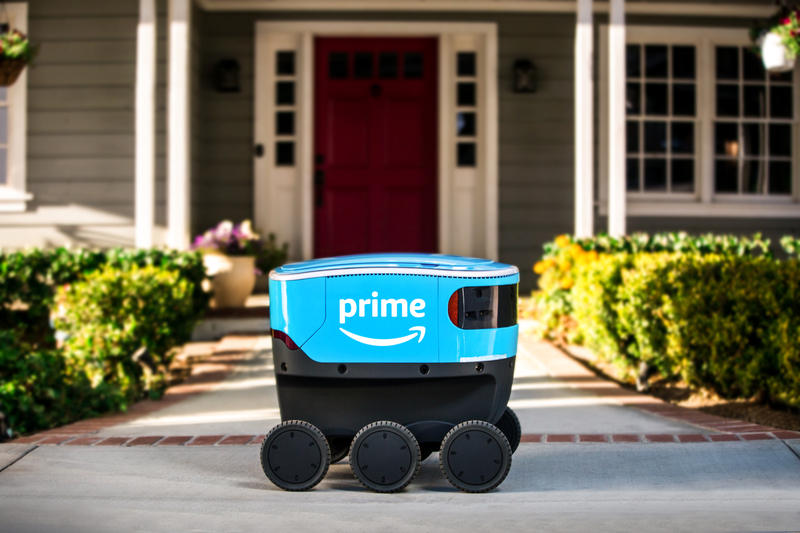
Case study: Maritime and Coastguard Agency
Drones are being used by the Maritime and Coastguard Agency to support search and rescue missions in north Wales.
The coastguard began using the unmanned aircraft for safety patrols across beaches from Conwy Bay to Llandudno and across Snowdonia in August.
It is the first time in the UK drones have been used in operational missions to assist search and rescue helicopters, and follows a three-month test programme earlier in the year.
Operated by Bristow Helicopters, which provides the HM Coastguard Search and Rescue helicopter service, the Schiebel Camcopter S-100 drone is able to travel 125 miles from its home base. A pilot in a remote location flies it using on-board cameras.
Russ Torbet, director UK search and rescue at Bristow Helicopters, says: “UAV technology has advanced to the stage where its deployment significantly enhances the capability of air search and rescue operations, improving the reach of the service and reducing risk for the public and our crews.”
The Maritime and Coastguard Agency has also been given a series of demonstrations of the Hermes 900 Unmanned Aerial System – the successor to the model used by the British Army in Afghanistan.
As part of the demonstration, the drone, which has a maximum flight endurance of more than 12 hours, also carried out a series of simulated police aviation scenarios that would currently be undertaken by the UK’s existing fleet of police helicopters and aircraft.
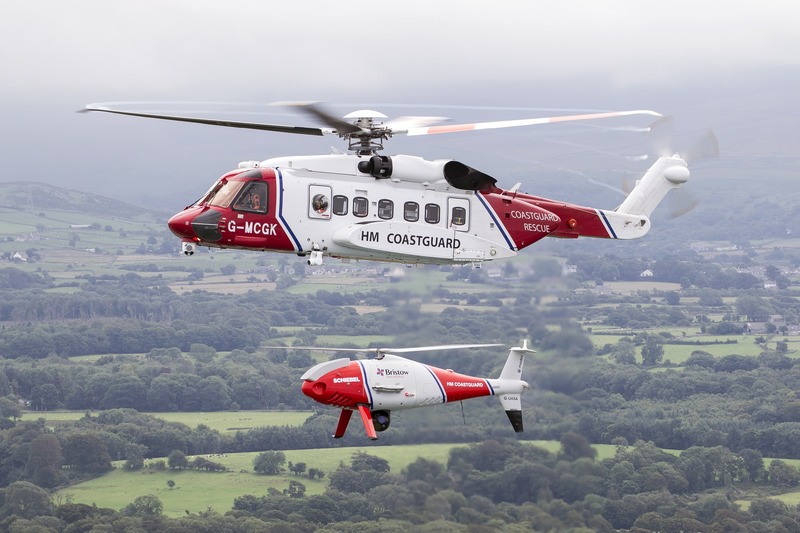
Case study: Network Rail
Network Rail, which uses drones to survey the railway lines for regular maintenance or following an incident, increased its use of the technology by 45% in the first eight months of this year.
The organisation, which operates more than 20 of its own drones, sees them as a cost-effective solution for close-up inspections of difficult to access structures such as building roofs, bridges, communication masts and overhead wires.
They are able to gather data, videos and images of railway infrastructure to enable engineers
to understand issues and what solutions are needed.
As engineers are also not being sent on to tracks to carry out inspections, Network Rail says their use also improves safety.
“We manage all the flights that happen over our network and the increase in our use of drones is for both our internal and third-party drone operators,” says Rikke Carmichael, head of air operations at Network Rail.
“It gives us a breadth of capability that will keep developing and expanding, both to increase safety and productivity.”
Network Rail took on its first drones around five years ago and
they are usually operated by a crew of two: a pilot in command and an observer/camera operator. Other jobs may require more people such as spotters and engineers.
The equipment the drones carry depends on the task. It can include 4K video imaging and a high-resolution stills camera.
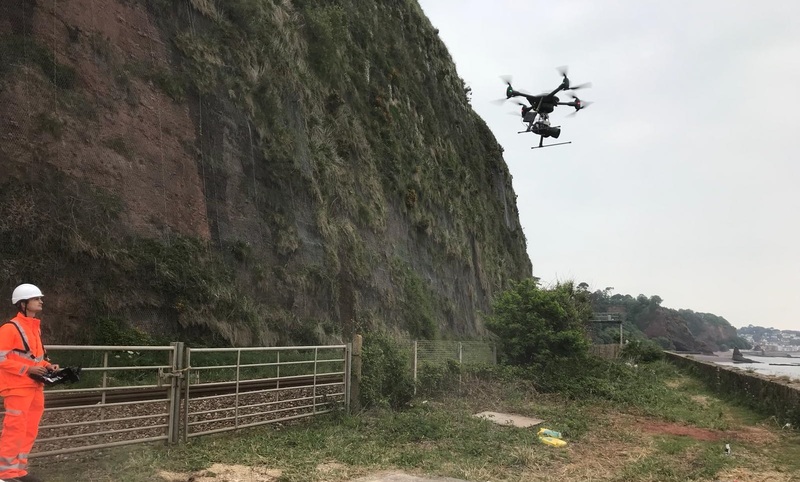

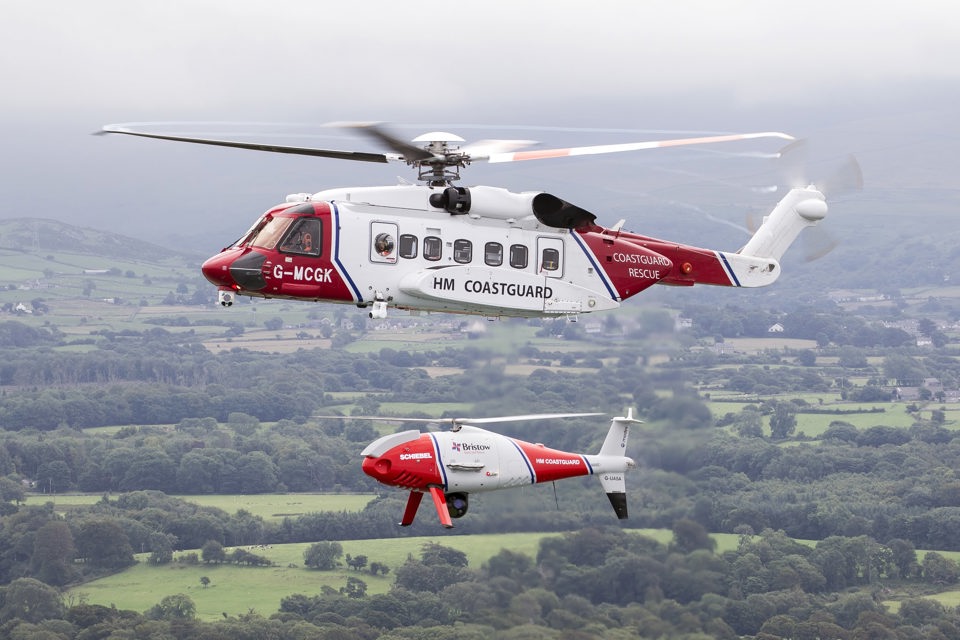




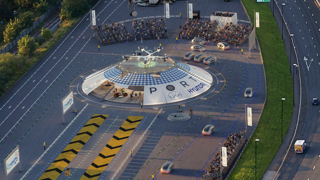

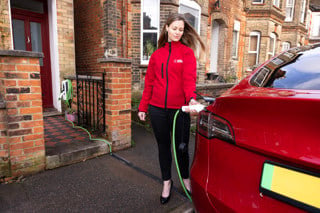
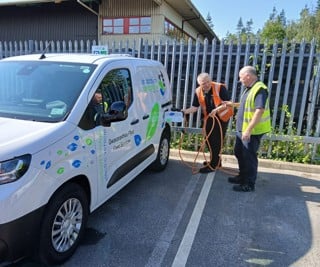



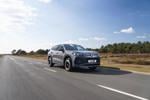







Login to comment
Comments
No comments have been made yet.